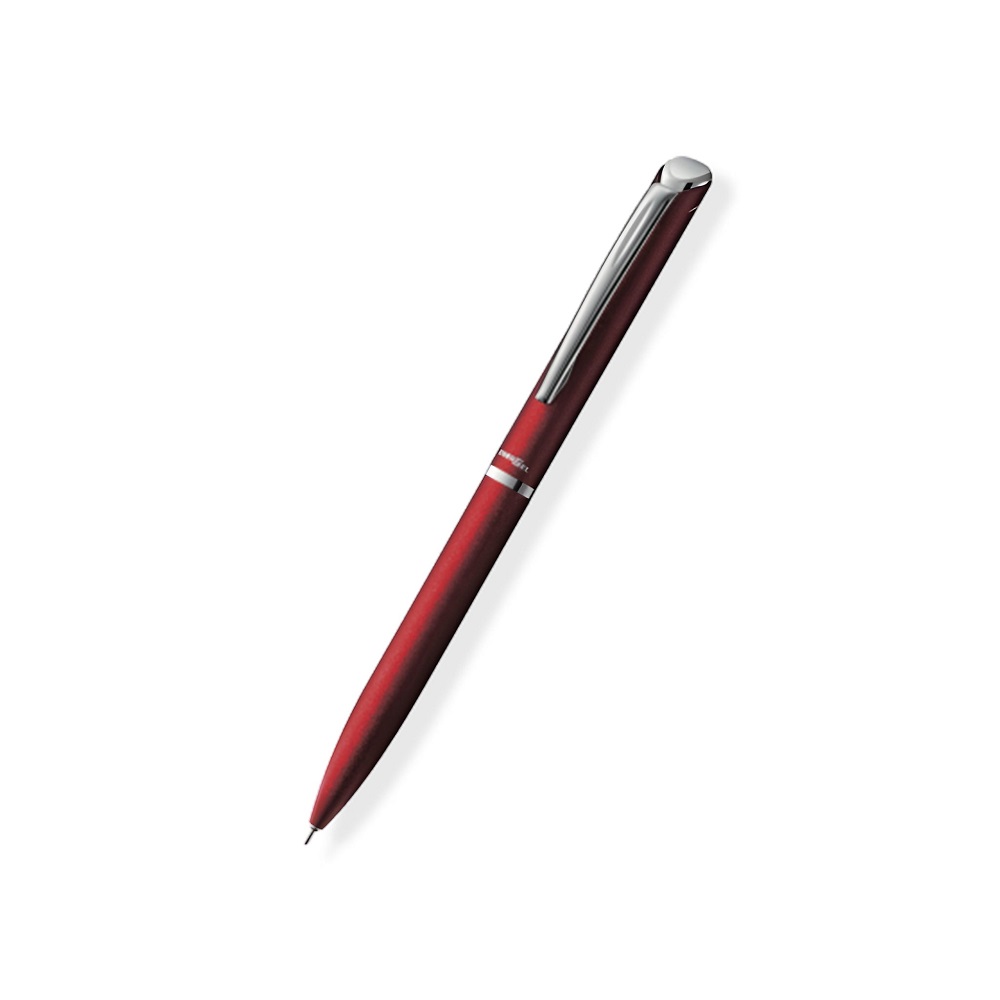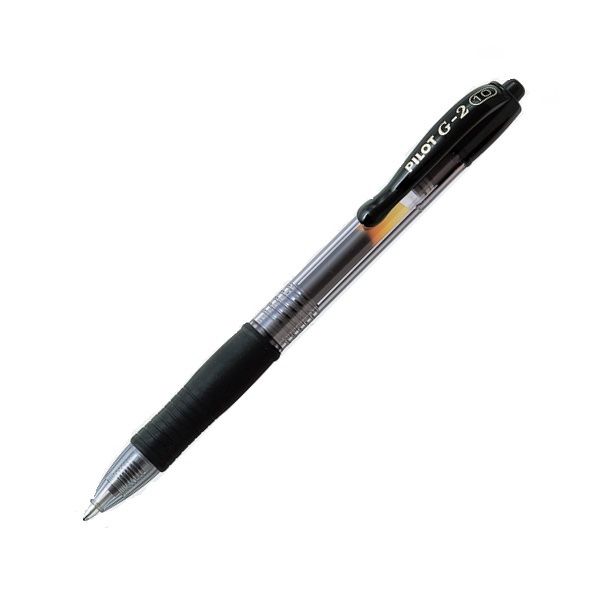Gel pens are a favorite among writers, artists, and students for their smooth writing experience and vibrant colors. However, it’s frustrating when a gel pen not working unexpectedly. Understanding why this happens and knowing how to troubleshoot can save you time and prevent unnecessary waste. This article explores common causes of gel pen malfunctions and offers effective solutions to get your pen back in action.
Understanding Gel Pen Mechanics
How Gel Pens Work
To comprehend why a gel pen might stop functioning, it helps to understand how these pens are constructed. Gel pens use a water-based gel ink that contains pigments, water, and a thickening agent. This unique combination provides the vibrant color that gel pens are known for and ensures a smoother flow than traditional ballpoint pens.
Inside a gel pen is a small ball bearing typically located at the tip. As you write, this ball rolls, allowing ink to flow from the reservoir to the paper. The gel ink is designed to be viscous, which helps prevent it from leaking and allows it to adhere well to various surfaces.
Components of Gel Pens
The primary components of a gel pen include the ink reservoir, tip, and barrel. The ink reservoir stores the gel ink, while the tip usually consists of a metal or plastic casing containing the ball bearing. The barrel houses these components and is often designed for comfortable gripping. Some gel pens may also feature a cap or retractable design, depending on their construction.
Understanding these components can provide insight into potential issues that may arise. By being aware of how gel pens function, you can better troubleshoot problems when they occur.

Common Causes for Gel Pen Malfunctions
Dried-Out Ink
One of the most frequent reasons a gel pen may stop working is due to dried-out ink. Gel pens are prone to this because of the water-based nature of their ink. If a pen has not been used for an extended period, the ink can dry inside the tip. This drying can result in a blockage, preventing the ink from flowing smoothly.
Dried-out ink can occur more often in pens stored in hot or sunny environments, where the ink can evaporate. Additionally, if the pen has been left uncapped or the retractable tip has not been fully extended, ink can dry out quickly.
Air Bubbles in the Ink Reservoir
Another common issue arises from air bubbles in the ink reservoir. When the pen is used, air can be introduced into the ink flow system, creating a vacuum effect that halts the ink’s movement. This situation can lead to gaps in writing, where no ink is deposited on the page. Air bubbles may form from shaking the pen or improper handling.
Understanding this phenomenon is essential for troubleshooting. If your pen has air bubbles, you may notice the ink flowing inconsistently or not at all. Recognizing this as a possible cause can aid in finding a solution.
Troubleshooting Solutions for Gel Pens
Reviving a Dried-Out Gel Pen
Fortunately, there are several methods to revive a gel pen that has dried out. The first and simplest solution is to gently shake the pen to dislodge any dried ink inside. This action can help to redistribute the gel ink and encourage it to flow again.
If shaking doesn’t work, try placing the pen in a cup of warm water for a few minutes. Ensure that the nib does not fully submerge in water; a little warmth can help dissolve any dried ink. After the soak, test the pen on paper. If the ink flows, that’s a good sign!
Clearing Air Bubbles
If you suspect that air bubbles are causing the issue, there are methods to resolve this as well. Hold the pen vertically with the nib pointing down. Gently tapping the pen against a hard surface can help move the air bubbles toward the reservoir. After tapping, try writing again to see if the ink flows smoothly.
Another effective way to clear air bubbles is to place the pen tip on a piece of paper and apply light pressure while writing. This action encourages the ink to flow and may push the air bubble out of the ink system.

Checking the Pen Components
Inspecting the Tip
If the ink flow continues to be disrupted, the problem might lie within the pen’s tip itself. The pen tip could be clogged with dried ink or debris. Examine the tip closely for any visible blockages. If you see anything that looks obstructive, a gentle wipe with a soft cloth can help remove it.
Another method is to use a pin or needle to carefully poke the tip. This action can dislodge any dried ink that is clogging the ball bearing. Be careful not to damage the tip while performing this action.
Reviewing the Ink Reservoir
In addition to inspecting the tip, checking the ink reservoir is essential to ensure it has enough ink. Sometimes, the ink may be low, leading to inadequate flow. If the reservoir is nearly empty, it may be time to replace the pen altogether.
If the pen is refillable, consider purchasing a replacement cartridge. Allowing the ink levels to fall too low can contribute to issues like air bubbles, so keeping an eye on ink levels is a good habit. Understanding the overall condition of the pen can assist you in determining the appropriate next steps.
Environmental Factors
Temperature Effects
Temperature can play a significant role in the performance of gel pens. High temperatures can cause the gel ink to become too fluid, potentially leading to leaking. Conversely, cold temperatures can thicken the ink, resulting in sluggish flow or reduced overall performance.
Understanding the environment where the pen is used or stored can help prevent problems. If possible, store gel pens in a climate-controlled area and avoid leaving them in places where temperatures can fluctuate, such as in a hot car or near windows exposed to direct sunlight.
Humidity Levels
Humidity is another environmental factor that can affect gel pen performance. High humidity can cause issues, as it allows moisture to seep into the pen’s components. This moisture may dilute the gel ink and may even contribute to internal molds. Conversely, extremely dry conditions can lead to ink thickening and faster evaporation.
Consider the humidity levels in your workspace or storage areas. If necessary, use a dehumidifier in excessively damp environments or store your gel pens in breathable pouches that protect them from extreme conditions.

Maintenance Tips for Gel Pens
Storing Gel Pens Properly
To extend the lifespan and functionality of your gel pens, proper storage is essential. Store them horizontally when possible. This position helps to keep the ink evenly distributed within the pen and prevents it from drying out in specific areas.
If your gel pen has a cap, make sure to replace it immediately after use. Caps serve to prevent air exposure and keep the ink fresh. For retractable pens, ensure that the tip is completely retracted when not in use.
Regular Usage
Frequent use can also contribute to keeping gel pens in good working condition. By using the pens regularly, you can help prevent the ink from drying out in the nib. Routine use can also help push any air bubbles out of the ink reservoir.
If you have multiple gel pens, rotate your usage among them to prevent any single pen from becoming inactive for too long. Regularly using and caring for your pens will enhance their performance and longevity.
When to Replace Your Gel Pen
Assessing Performance
Despite your best efforts, some gel pens may eventually reach a point where they no longer function effectively. Signs that it may be time to replace your pen include persistent clogging, inability to write smoothly after attempting various troubleshooting steps, or visible damage to the pen itself.
Assessing performance can help you determine whether the pen is still worth keeping. Essential information is whether refilling or cleaning has improved its functionality. If not, investing in a new pen may be the best option.
Choosing Quality Gel Pens
When selecting replacement gel pens, consider their quality. Opt for brands known for producing reliable gel pens with consistent ink flow. Doing so can reduce potential issues in the future. High-quality pens may come at a slightly higher price but often provide better performance and reliability, saving you money and frustration in the long term.
Consider trying different styles, colors, and tip sizes to find what suits your needs best. Experimenting can reveal new favorites, adding variety to your writing supplies and enhancing your overall experience.
In conclusion, understanding why your gel pen is not working can save time and prevent unnecessary waste. By recognizing common issues and troubleshooting effectively, you can often revive your pen with little effort. Proper care, storage, and usage routines can further extend its lifespan. When all else fails, choosing a quality replacement can ensure that you always have the tools you need for a smooth writing experience. Happy writing!
